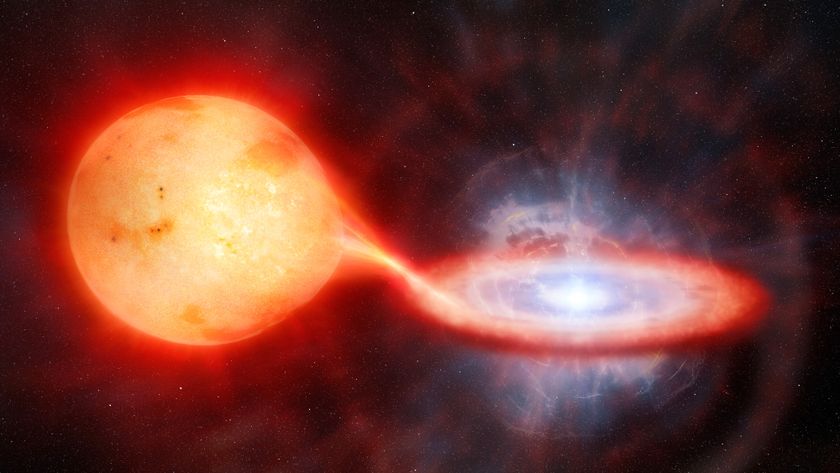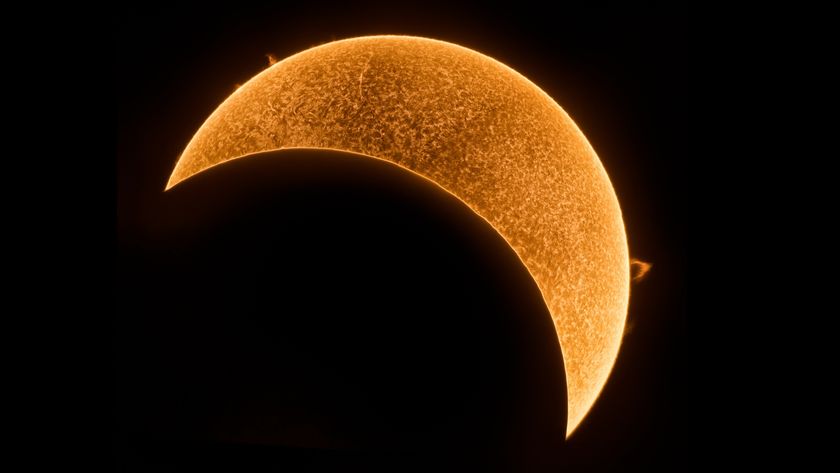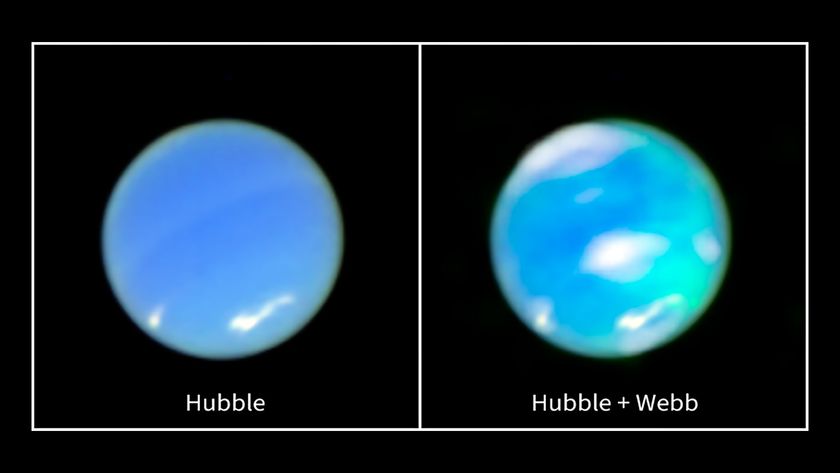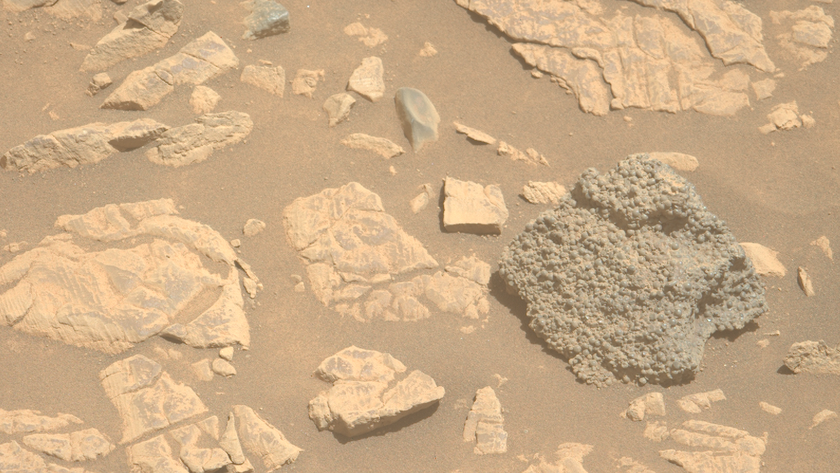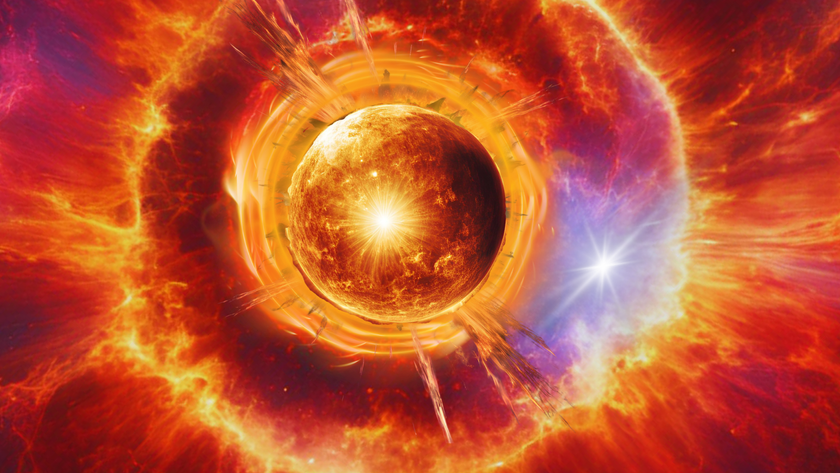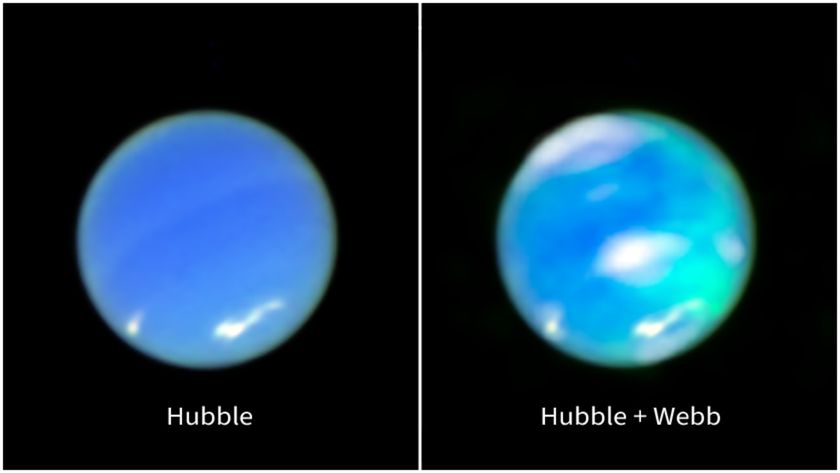The power and beauty of a rocket launch are on full display in a spectacular new video.
The 1-minute video provides an up-close view of the Nov. 17 launch of four Galileo navigation satellites, which lifted off atop an Ariane 5 rocket from the Guiana Space Center in French Guiana.
The successful launch brought the number of Galileo spacecraft in orbit to 18. The Galileo network — the European version of the United States' Global Positioning System — should begin providing initial navigation services toward the end of the year, European Space Agency (ESA) officials said.
The full suite of 24 Galileo satellites, plus on-orbit spares, should be aloft by 2020, ESA officials added.
The Nov. 17 liftoff was the 75th consecutive launch success for the Ariane 5, a heavy-lift vehicle operated by the French company Arianespace.
The 166-foot-tall (50.5 meters) Ariane 5 can carry more than 22 tons (20 metric tons) of payload to low Earth orbit (LEO) and more than 11 tons (10 metric tons) to the more distant geostationary transfer orbit (GTO), according to Arianespace representatives.
For comparison, United Launch Alliance's Delta IV Heavy, the most powerful rocket operating today, can loft about 31.7 tons (28.8 metric tons) to LEO and about 15.7 tons (14.2 metric tons) to GTO. (But brawnier rockets will start lifting off soon; for example, SpaceX's Falcon Heavy launcher, which is scheduled to fly for the first time next year, will have an LEO payload capacity of 60 tons, or 54 metric tons, SpaceX representatives have said.)
Get the Space.com Newsletter
Breaking space news, the latest updates on rocket launches, skywatching events and more!
Follow Mike Wall on Twitter @michaeldwall and Google+. Follow us @Spacedotcom, Facebook or Google+. Originally published on Space.com.
Join our Space Forums to keep talking space on the latest missions, night sky and more! And if you have a news tip, correction or comment, let us know at: community@space.com.

Michael Wall is a Senior Space Writer with Space.com and joined the team in 2010. He primarily covers exoplanets, spaceflight and military space, but has been known to dabble in the space art beat. His book about the search for alien life, "Out There," was published on Nov. 13, 2018. Before becoming a science writer, Michael worked as a herpetologist and wildlife biologist. He has a Ph.D. in evolutionary biology from the University of Sydney, Australia, a bachelor's degree from the University of Arizona, and a graduate certificate in science writing from the University of California, Santa Cruz. To find out what his latest project is, you can follow Michael on Twitter.



